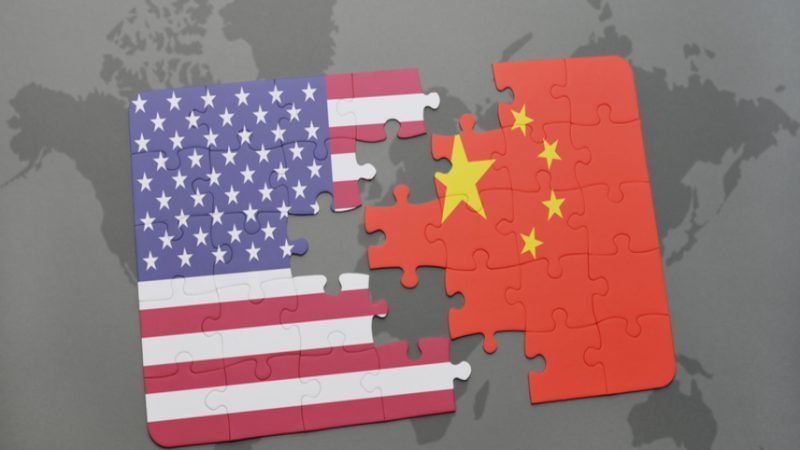A Rising China Bets Big on Infrastructure Spending Overseas, As U.S. Wavers
China's recent moves to be a world leader could be beneficial in some areas, particularly when it comes to those investments in the developing world.


When President Donald Trump withdrew the United States from the Trans-Pacific Partnership in January, he left a power vacuum in the Pacific region that China is seeking to fill.
The Regional Comprehensive Global Partnership, a proposed trade deal that encompasses 16 countries, already promises to bring China closer to its Asian neighbors. China is currently spending $150 billion a year on infrastructure a year in 68 countries. It has proposed building roads, bridges and railroads to link the 54 African nations. And China has pledged to spend $250 billion over the next 10 years in South America, including building a high-speed rail line in Brazil.
The wisdom of those investments can be questioned, but there's no doubt that China is positioning itself to challenge American dominance. Concern over growing Chinese influence is not without warrant. Despite market reforms, China's government remains a Communist regime with a horrendous record on human rights. It seems to be challenging Milton Friedman's notion that with economic freedom comes political freedom.
Still, China's recent moves to be a world leader could be beneficial, particularly when it comes to investment in the developing world.
Take the Asian Infrastructure Investment Bank, which China launched in 2016 and which now counts Germany, Great Britain and a few other Western countries among its 50-plus shareholders (although China retains the most power).
The AIIB provides financing for infrastructure projects in the Asia-Pacific region. There's a big hole to fill: estimates are that meeting all the needs for regional roads, sewers, power stations and the like would take about $8 trillion.
"We like to talk about barriers to trade being tariffs, red tape or customs…Well, a lack of infrastructure is also a barrier to trade," said Colin Grabow, a trade policy analyst at the Cato institute, at a briefing last week. "If you can't get your product from point A to point B, you can have all the best rules in the world and it's not going to matter."
Grabow acknowledges China's violations of intellectual property rights and aggression in the South China Sea. The simplest thing the United States could do to counter Chinese influence is to start competing again, especially in the Asia-Pacific region.
Currently the AIIB is either building or planning to build telecommunications, energy and road improvement work in the Philippines, Azerbaijan, India and Sri Lanka, among others. While China may have founded the bank to increase its power in the region, the fact that leading European nations now have a seat at the AIIB table reduces the likelihood that China will be able to use the bank as a foreign policy tool.
China's One Belt, One Road initiative to build roads, bridges and tunnels for companies to transport their products across the Asian continent also promises to cement its relationship with central Asian countries.
"We need to worry more about what we are not doing rather than what China is doing," Grabow said at a Cato event. "We can't disengage and then snipe from the sidelines or serve as some kind of international peanut gallery. We need to focus more on competing with China instead of trying to contain China. What we know is that the region needs more infrastructure. If China is providing it, let's see what happens. It isn't our money on the line."
This post was updated to correct the attribution to a quote from Colin Grabow.


Show Comments (45)